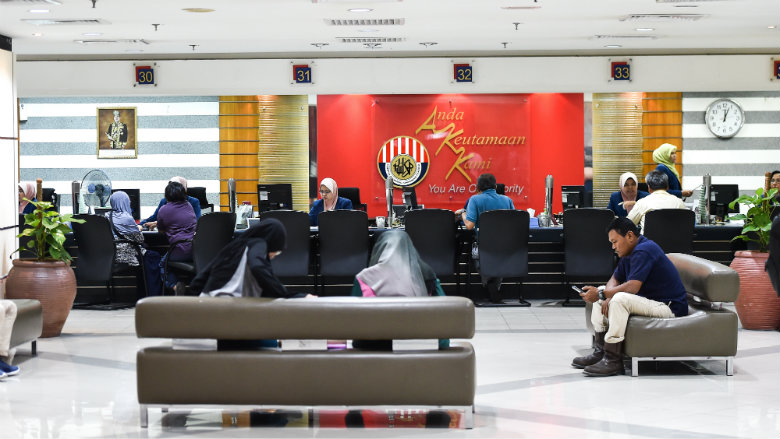Key Findings
The Employees Provident Fund (EPF) of Malaysia transitioned from a relatively small public retirement fund for both private sector and non-pensionable public sector employees in 1949 to become now one of the largest pension funds among developing countries.
- The EPF manages pension funds for a relatively small workforce in Malaysia, in comparison to developed countries but maintains investments in all major markets, and investments in various asset classes.
- The EPF model shows the benefits of scale to a relatively small country, and the further benefits it can accrue if scale can be combined with good governance and expertise.
Several strategies and structural reforms deployed by the EPF have been critical in their success, including:
- A strong governance structure which discourages external political influence and encourages transparency and accountability.
- The focus on long-term interests of EPF members and the commitment to ensure people with the right talent and skills are in key positions as the governance structure is made up of professionals.
- The decision-making process is split into two separate entities, the Board and the Investment Panel.
- The EPF maintains transparency by voluntarily disclosing its investment position and performance on a quarterly basis, instead of on an annual basis as required.
- Sound investment policies and strategies has enabled the fund to produce enhanced returns.
- The EPF’s investment strategy is steered by the Strategic Asset Allocation (SAA) to ensure that the fund optimizes its returns within its risk tolerance level.
- In accordance with this strategy, the public fund invests in a diverse set of asset classes, namely in equities, fixed income, money market instruments, and real estate and infrastructure, as well as diversifying its investments to foreign markets.
- Operational effectiveness, focusing on and investing in its employees and customers.
- A key strength of the EPF is the professionalism and skill set of its employees.
- Its customer-centric approach can be seen in various initiatives to enhance the quality of services.
However, there are existing and new challenges that demand new strategies and approaches for the EPF. These challenges include:
- Malaysia’s demographic landscape as it is forecasted to reach aging nation status by 2035
- The low retirement age in Malaysia and high life expectancy will lead to a life expectancy-pension gap – which is at 19.20 years in Malaysia, higher than other countries in the region.
- Lack of pension coverage as only half of those in the labor force are contributing to EPF, leaving the other half without old-age pension coverage.
- Financial awareness for retirement in Malaysia is low.
- A reform agenda needs to be considered to expand coverage for the self-employed.
In sum, changes in the policy environment, a strict governance process, development of expertise, a clear focus on the best interests of members, and exploiting economies of scale in administration and investment are key factors to be considered in improving the performance of pension funds.
